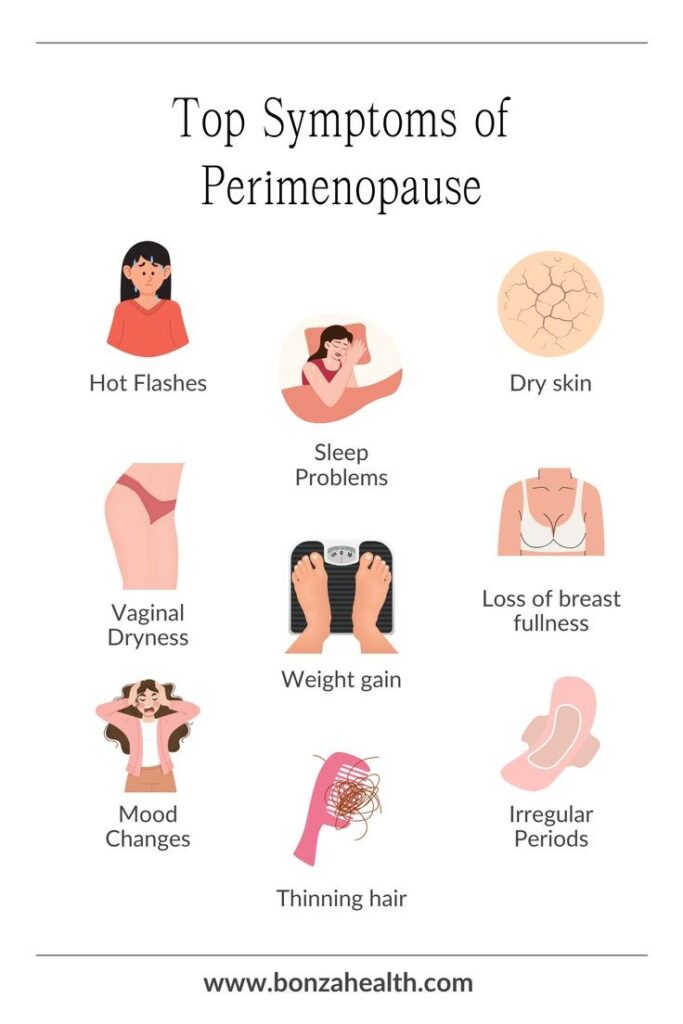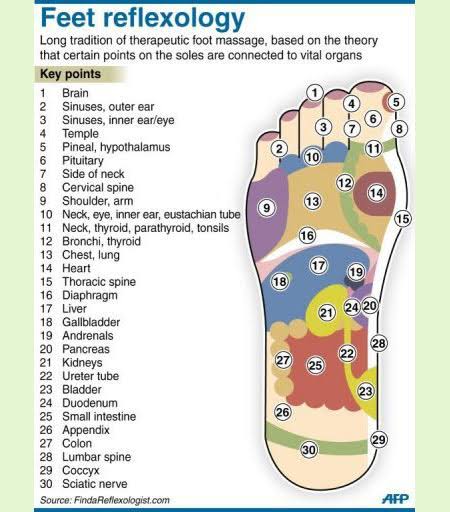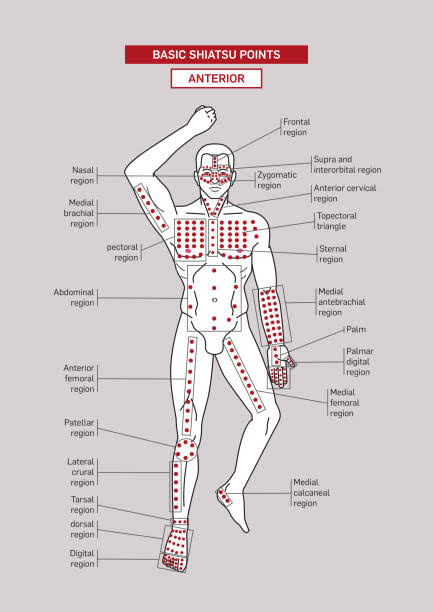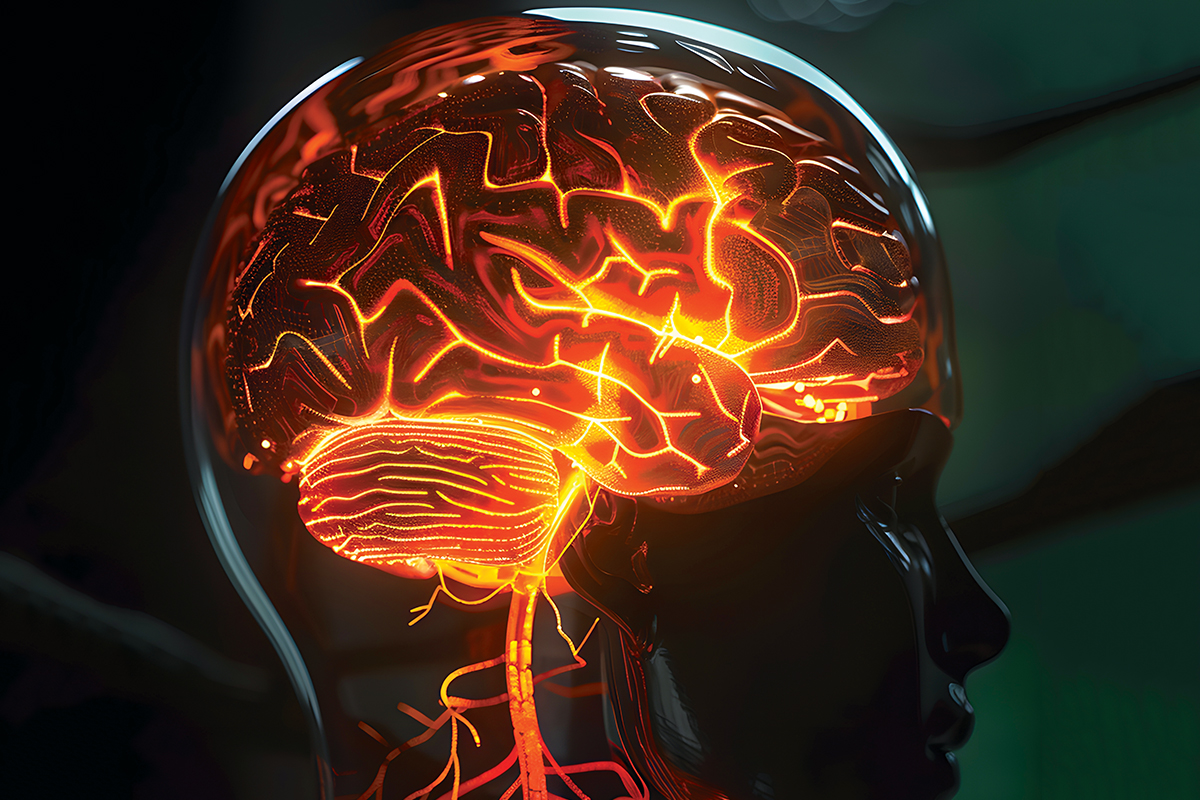Perimenopause is the transitional phase leading up to menopause, often starting in a woman’s 40s. It marks the end of reproductive years, as the ovaries gradually produce less estrogen. This hormonal shift can cause various physical and emotional symptoms.
The most common signs include irregular periods, hot flashes, night sweats, and sleep disturbances. Hot flashes, sudden waves of intense heat, are often accompanied by sweating and a flushed face.
These can occur during the day or at night, interrupting sleep and leading to fatigue. Mood swings are another hallmark of perimenopause. Women may experience irritability, anxiety, or even depression as hormone levels fluctuate.
Sleep problems are common, including difficulty falling asleep, waking up frequently, or having night sweats that disrupt rest. These symptoms can significantly impact daily life, causing discomfort and stress.
Perimenopause is a natural part of aging, but its symptoms can be difficult to manage. Many women seek natural relief to cope with these challenges. Shiatsu and reflex therapy are two methods that can offer comfort and balance. These therapies can help ease discomfort and restore well-being during this transition.
The Role of the Nervous System
The nervous system plays a crucial role in regulating our response to stress, including the fight-or-flight reaction. When faced with a stressful situation, the brain sends signals through the autonomic nervous system (ANS) to prepare the body for action.
This triggers the release of stress hormones like adrenaline and cortisol, which increase heart rate, blood pressure, and energy levels. The body becomes more alert and ready to face danger.
However, when stress becomes chronic, the hormonal waves triggered by the nervous system can have negative effects. Elevated levels of cortisol over long periods can lead to anxiety, sleep disturbances, and other health issues.
This is especially important during perimenopause, when hormonal fluctuations already affect the body. Touch can help regulate the nervous system and counteract the effects of stress.
Gentle, soothing touch activates the parasympathetic nervous system, the part of the ANS responsible for relaxation and recovery. This response promotes the release of feel-good hormones like oxytocin, which helps reduce stress and anxiety.
It also helps lower heart rate and blood pressure, creating a sense of calm. Shiatsu, a form of therapeutic touch, is particularly effective in regulating the nervous system.
By applying pressure to specific points on the body, Shiatsu stimulates the flow of energy (or “Qi”) and helps restore balance. This can reduce the intensity of the fight-or-flight response and help regulate the hormonal fluctuations associated with perimenopause.
Reflex therapy focuses on pressure points on the feet and hands. This can trigger a relaxation response in the body. The relaxation response further supports the body’s ability to manage stress. These natural therapies offer a holistic approach to balancing the nervous system and managing the symptoms of perimenopause.

This image highlights the top symptoms of perimenopause, including hot flashes, mood changes, sleep disturbances, and irregular periods. These changes occur due to hormonal fluctuations as the body transitions toward menopause.
Key Zones in Therapy
In reflex therapy, certain pressure points correspond to key areas of the body. For example, the reflex point for the pituitary gland is located on the tips of the toes.
The pituitary gland controls hormone production, including those that regulate menstrual cycles and stress responses. Stimulating this point can help balance hormones, easing symptoms like mood swings and hot flashes during perimenopause.
The liver reflex point is located on the right foot, in the arch area. The liver plays a vital role in detoxification and the regulation of hormones.
By pressing this point, reflex therapy helps improve liver function, supporting the body’s ability to process toxins and regulate estrogen levels. This can alleviate feelings of irritability and fatigue often experienced during perimenopause.
The kidney reflex point is located on the soles of both feet, near the arch. The kidneys are responsible for filtering toxins and regulating fluid balance.
Stimulating these reflex points can promote kidney health and restore balance to the body, supporting the natural hormonal shifts of perimenopause. This can help with managing symptoms like water retention and low energy.
Emotional tension is often stored in the body, particularly in areas like the shoulders and diaphragm. Reflex therapy focuses on specific points on the feet and hands to release this tension.
These points can help reduce anxiety, calm the nervous system, and promote emotional well-being, easing mood swings and irritability. In Shiatsu, several meridians impact temperature regulation and mood.
The Stomach Meridian is associated with the body’s ability to process food and emotions, which can influence mood and digestion. The Gallbladder Meridian is linked to the regulation of heat in the body, helping to control hot flashes and temperature fluctuations.
By applying pressure to these meridians, Shiatsu can help restore balance, reduce emotional tension, and regulate temperature, offering relief from the symptoms of perimenopause.
Benefits Women Experience
Many women experience significant benefits from using Shiatsu and reflex therapy during perimenopause. These therapies help address the physical and emotional symptoms associated with this transitional phase.
One of the most notable improvements is better sleep. Perimenopausal women often struggle with insomnia or interrupted sleep due to hot flashes and night sweats.
Shiatsu and reflex therapy can help calm the nervous system. This promotes relaxation and a sense of well-being. By reducing stress and balancing hormones, these therapies improve sleep quality. As a result, women experience better energy levels during the day.
Another benefit is an overall sense of calm. The hormonal changes in perimenopause can lead to feelings of anxiety and irritability.
Both Shiatsu and reflex therapy focus on calming the nervous system. They help reduce stress hormones in the body. These therapies promote the release of relaxing hormones like oxytocin. Shiatsu, in particular, stimulates the parasympathetic nervous system.
This helps the body enter a state of rest and recovery. Reflex therapy, with its pressure points on the feet and hands, triggers a relaxation response. This response helps women feel more centered and less stressed.
As a result, many women report feeling more emotionally stable and calm, even amidst the fluctuations of perimenopause. Regulated emotions are another benefit women experience.
During perimenopause, hormonal shifts can lead to mood swings, irritability, and feelings of sadness or anxiety. Shiatsu and reflex therapy target the body’s energy systems, helping to restore balance.
By stimulating key pressure points and meridians, these therapies can help stabilize mood and support emotional health. Women who regularly receive Shiatsu or reflex therapy often find that their emotional responses become less extreme and more manageable.
This can improve overall mental well-being and make it easier to navigate the challenges of perimenopause. Fewer hot flashes is a significant benefit for many women. Hot flashes are one of the most common and disruptive symptoms of perimenopause.
These sudden waves of heat can cause discomfort, disrupt daily activities, and interfere with sleep. Shiatsu, through its meridian work, helps to regulate temperature in the body, especially targeting the Gallbladder Meridian, which plays a role in heat regulation.
Reflex therapy targets the liver, kidney, and pituitary gland reflex points. This helps to balance hormones that control temperature. By regulating the body’s internal systems, both therapies support overall hormonal balance.
As a result, they can reduce the frequency and intensity of hot flashes, providing much-needed relief during perimenopause. In addition to these core benefits, women often experience increased energy, improved digestion, and better overall health.
By supporting the body’s natural healing processes, Shiatsu and reflex therapy enhance vitality and restore balance. As women move through perimenopause, these therapies offer a holistic approach to maintaining physical and emotional well-being.
With regular sessions, women can experience a smoother, more comfortable transition into menopause, equipped with tools to manage their symptoms naturally.

Client Reflection
Client reflections on Shiatsu and reflex therapy often highlight significant improvements in both physical and emotional well-being. Many women report feeling a greater sense of relaxation after their sessions. Stress and tension seem to melt away during the treatment.
The soothing touch of Shiatsu helps calm the nervous system. Reflex therapy, with its focus on pressure points, triggers a deep sense of relaxation. Clients frequently mention how their anxiety is reduced. They also note a decrease in irritability.
This allows them to feel more centered and emotionally balanced. A common reflection is the improvement in sleep quality. Women who struggled with insomnia or frequent waking during perimenopause often find that they sleep more deeply after receiving these therapies.
The calming effects of Shiatsu and reflex therapy help to relax both the mind and body, promoting better rest. As a result, clients report waking up feeling more refreshed and with better energy throughout the day.
This improved sleep can have a ripple effect, leading to increased productivity and a more positive outlook on life. Another key reflection involves the reduction in hot flashes.
Many women report fewer and less intense hot flashes after incorporating Shiatsu and reflex therapy into their routines. The therapies help regulate the body’s internal temperature and hormonal balance.
This provides relief from the common perimenopausal symptom of hot flashes. Clients often express relief at the decrease in the frequency of hot flashes. They also note a reduction in the severity of the flashes.
Hot flashes can be physically uncomfortable and emotionally draining. With regular sessions, clients experience fewer disruptions to their day and night. This results in a more comfortable and manageable perimenopausal experience.
Emotional stability is another area of positive reflection. Perimenopause can be an emotionally turbulent time, with mood swings, irritability, and anxiety often making daily life challenging.
Many clients share how Shiatsu and reflex therapy have helped them regain emotional balance. By addressing both physical and emotional tension, these therapies support overall mental well-being.
Clients frequently express feeling more in control of their emotions, less overwhelmed by the ups and downs of perimenopause. Overall, client reflections reveal that Shiatsu and reflex therapy provide significant relief and support during perimenopause.
Women appreciate the holistic approach these therapies offer, helping them manage their symptoms naturally. They often feel empowered and more equipped to navigate this transitional phase of life with greater ease and comfort.

Empowering Women Through the Perimenopausal Transition: A Holistic Approach
Empowerment during the hormonal transition of perimenopause is about taking control of one’s health and well-being. Shiatsu and reflex therapy provide women with tools to manage symptoms naturally.
These therapies offer a holistic approach to the physical and emotional challenges women face. By addressing the body’s energy flow, Shiatsu and reflex therapy help restore balance. They also help reduce stress and ease discomfort.
Women can feel empowered by making informed choices about their health. Embracing alternative therapies promotes self-care and healing. This empowers women to take control of their health during this transition.
The benefits of these therapies extend beyond symptom relief. They offer a sense of connection to the body. This allows women to become more in tune with their needs.
As women navigate the fluctuating hormonal changes of perimenopause, Shiatsu and reflex therapy support emotional stability. These therapies help reduce anxiety and enhance overall well-being.
This empowerment allows women to approach the transition with greater confidence. It also helps them build resilience during this time. With the right tools and support, perimenopause can be a time of personal growth.
It can become a period of transformation, rather than struggle. These therapies encourage women to take an active role in their health, leading to a more positive, balanced, and empowered experience during this important life transition.
FAQs on Managing Perimenopause with Shiatsu and Reflex Therapy
What is perimenopause?
Perimenopause is the transitional phase before menopause, marked by hormonal fluctuations and various physical and emotional symptoms.
How can Shiatsu help manage perimenopause symptoms?
Shiatsu helps regulate the nervous system, reduces stress, balances hormones, and promotes overall relaxation, offering relief from common perimenopausal symptoms like mood swings and hot flashes.
What is reflex therapy?
Reflex therapy involves applying pressure to specific points on the feet, hands, or ears to promote healing and balance within the body, addressing issues like hormonal imbalances and stress.
Can Shiatsu and reflex therapy help with sleep disturbances?
Yes, both therapies promote relaxation, calm the nervous system, and help regulate hormones, leading to better sleep quality during perimenopause.
How does reflex therapy work to balance hormones?
Reflex therapy targets specific reflex points corresponding to organs like the liver, kidneys, and pituitary gland, helping to balance hormones and support the body’s natural functions.
What is the role of Shiatsu in reducing hot flashes?
Shiatsu works on meridians that regulate body temperature, helping to reduce the intensity and frequency of hot flashes by balancing hormonal fluctuations.
How does reflex therapy help reduce anxiety and stress?
Reflex therapy stimulates pressure points that activate the parasympathetic nervous system, helping to reduce stress hormones and promote a calming effect on the body.
Can Shiatsu help with emotional stability during perimenopause?
Yes, Shiatsu helps release tension in the body, restores energy flow, and supports emotional well-being, reducing mood swings and emotional turbulence.
Are there any risks to using Shiatsu or reflex therapy during perimenopause?
When done by trained professionals, Shiatsu and reflex therapy are generally safe. However, it’s always best to consult with a healthcare provider if you have specific health conditions.
How often should I get Shiatsu or reflex therapy for perimenopause symptoms?
The frequency of sessions varies depending on individual needs, but regular treatments—typically once a week or every two weeks—can provide lasting relief.
What specific reflex points are targeted during reflex therapy for perimenopause?
Reflex points on the feet and hands correspond to the liver, kidneys, pituitary gland, and adrenal glands, all of which play a role in hormone regulation and stress response.
How long does it take to feel the benefits of Shiatsu and reflex therapy?
Many women experience immediate relaxation and relief after a single session, but regular treatments can provide long-term benefits over several weeks.
Can Shiatsu and reflex therapy be used alongside other treatments for perimenopause?
Yes, these therapies can complement other treatments, including hormone therapy or lifestyle changes, offering a natural, holistic approach to managing perimenopause.
Is reflex therapy painful?
Reflex therapy involves applying gentle pressure to specific points, but it should not be painful. A professional will adjust the pressure to your comfort level.
How does Shiatsu affect the nervous system?
Shiatsu helps stimulate the parasympathetic nervous system, which promotes relaxation and recovery, reducing the effects of stress and anxiety.
Can Shiatsu and reflex therapy help with physical symptoms like fatigue?
Yes, by promoting relaxation and restoring energy flow, Shiatsu and reflex therapy can reduce fatigue and increase overall vitality.
Are Shiatsu and reflex therapy effective for all women in perimenopause?
These therapies are effective for many women, but their success depends on individual health conditions and how well the therapies align with personal needs.
Can I practice Shiatsu or reflex therapy at home?
While some techniques can be learned for home practice, it is recommended to work with a professional initially for proper guidance and treatment.
How does Shiatsu help with temperature regulation during perimenopause?
Shiatsu works on meridians like the Gallbladder Meridian, which regulates body heat, helping to manage hot flashes and temperature fluctuations during perimenopause.
What other benefits do women experience from Shiatsu and reflex therapy during perimenopause?
In addition to symptom relief, women often experience improved emotional stability, better sleep, increased energy, and a sense of empowerment and control over their health.





